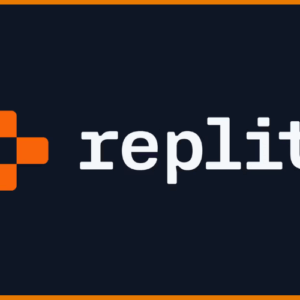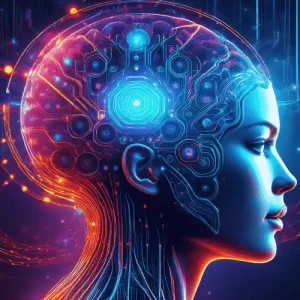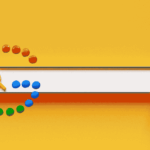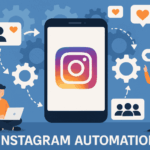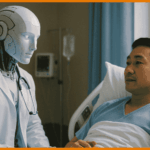Artificial intelligence (AI) is everywhere in headlines and hype, but beneath the buzz are persistent misconceptions.
Here’s a breakdown of the most common myths about AI and the realities that debunk them.
Myth 1: AI Is a Single, Sentient Entity
The Misconception: Pop culture often depicts AI as a singular, conscious being (like HAL 9000 or Skynet), leading many to believe AI possesses self-awareness, emotions, or independent thought.
The Reality: Artificial Intelligence is not a monolithic, sentient force. It is a collection of algorithms and systems designed for specific tasks, lacking consciousness or proper understanding.
Artificial Intelligence tools process data, recognise patterns, and generate outputs based on statistical relationships comprehension. For example, generative AIs like ChatGPT do not “understand” conversations; they generate text by predicting likely word sequences, similar to predictive text on a smartphone.
As Fei-Fei Li, a leading AI researcher, emphasises, “AI is a tool, not a living being. It doesn’t have desires, fears, or goals. It’s a mirror reflecting the data it’s trained on and the choices we make in designing it.”
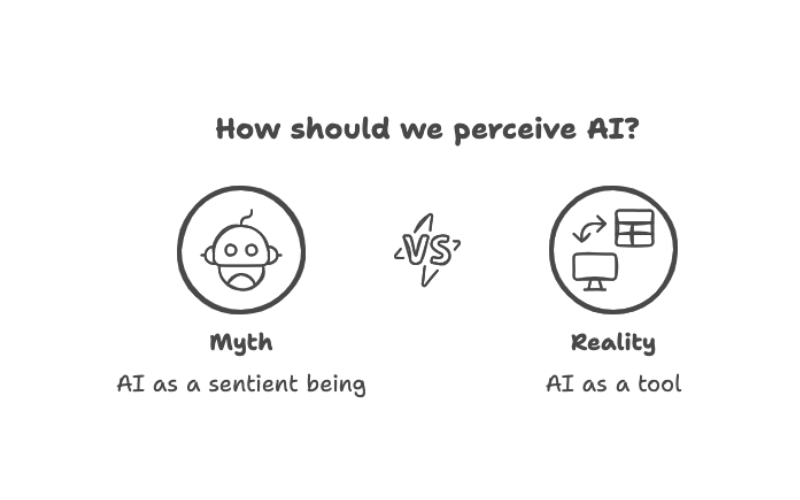
Myth 2: AI Will Replace All Human Jobs
The Misconception: Headlines warn of AI-driven mass unemployment, suggesting machines will take over entire professions.
The Reality: While AI automates some tasks, it is more likely to augment rather than replace human work. The World Economic Forum’s Future of Jobs Report 2025 finds that while some roles will be displaced, AI is expected to create millions of new jobs, especially in areas requiring human judgement, empathy, and complex problem-solving.
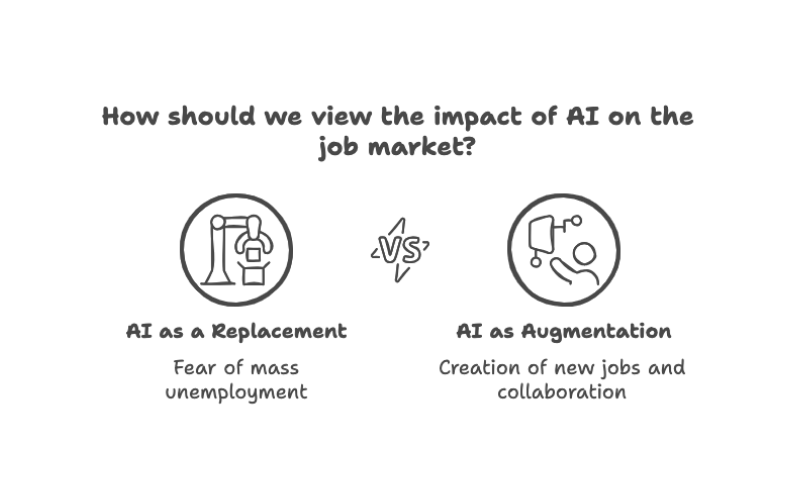
Andrew Ng, a prominent AI expert, notes that the future lies in reskilling workers to collaborate with AI, not compete against it. AI is a productivity tool, not a wholesale replacement for human labour.
Myth 3: AI Is Infallible and Unbiased
The Misconception: Many believe AI is objective and error-free because it is “data-driven.”
The Reality: Artificial Intelligence systems reflect the biases present in their training data and the choices of their creators. If historical data is biased, AI will perpetuate those biases, leading to discriminatory outcomes in areas like hiring or facial recognition.
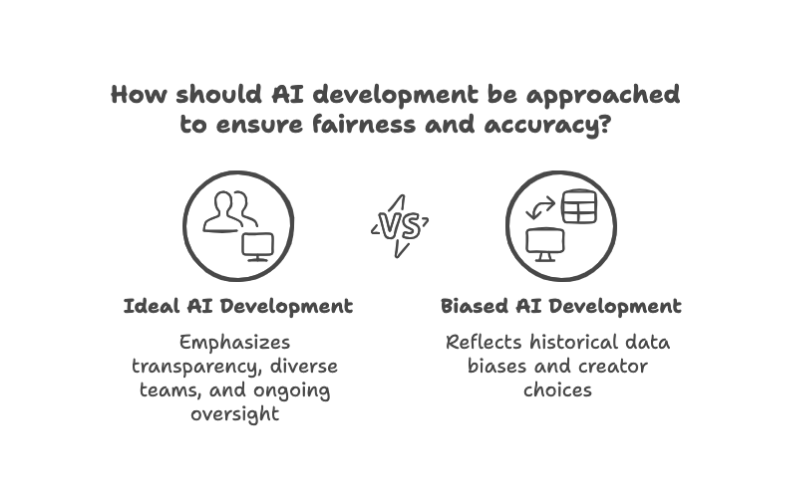
As Joy Buolamwini, founder of the Algorithmic Justice League, states: “AI doesn’t have a moral compass-it reflects the values and prejudices of its creators.” Ethical AI development requires transparency, diverse teams, and ongoing oversight.
Myth 4: AI Is Only for Tech Giants
The Misconception: Many assume AI is accessible only to large companies with vast resources.
The Reality: AI is increasingly democratised. Cloud services and open-source frameworks have lowered the barriers to entry, enabling startups and small businesses to leverage AI for customer service, inventory management, and more. The tools are now accessible to organisations of all sizes, making AI a productivity booster across industries.
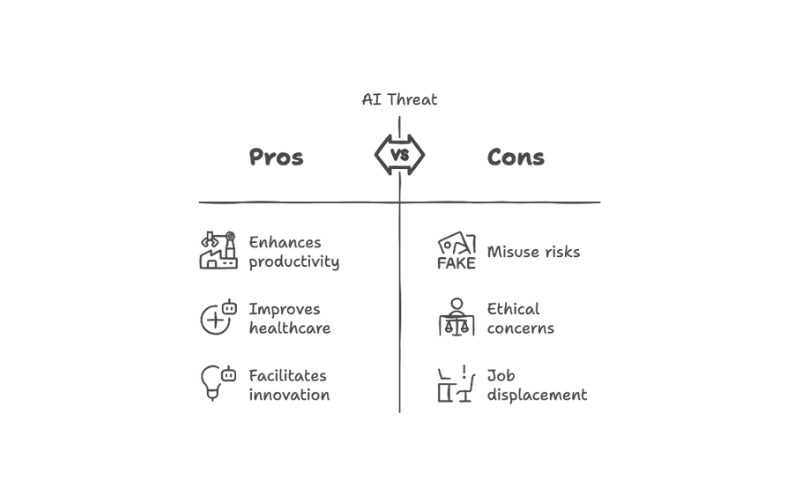
Myth 5: AI Is a Recent Invention
The Misconception: Some think AI began with recent advances in big data and computing power.
The Reality: The foundations of AI date back to the 1950s, with the Dartmouth Conference and early projects like ELIZA and expert systems. Today’s breakthroughs are built on decades of research, with recent progress driven by more data and improved algorithms a sudden invention.

Myth 6: AI Is a Threat to Humanity
The Misconception: The media often portrays AI as an existential threat, capable of surpassing human intelligence and acting against us.
The Reality: Fears of superintelligent, rogue AI are speculative and not imminent. Most experts agree that Artificial General Intelligence (AGI), AI with human-level understanding across domains, is still decades away, if achievable at all.
The real risks today stem from misuse: deepfakes, biased algorithms, and increased surveillance. As Artificial Intelligence pioneer Stuart Russell argues, “The bigger danger is not AI becoming malevolent but humans using it irresponsibly.”
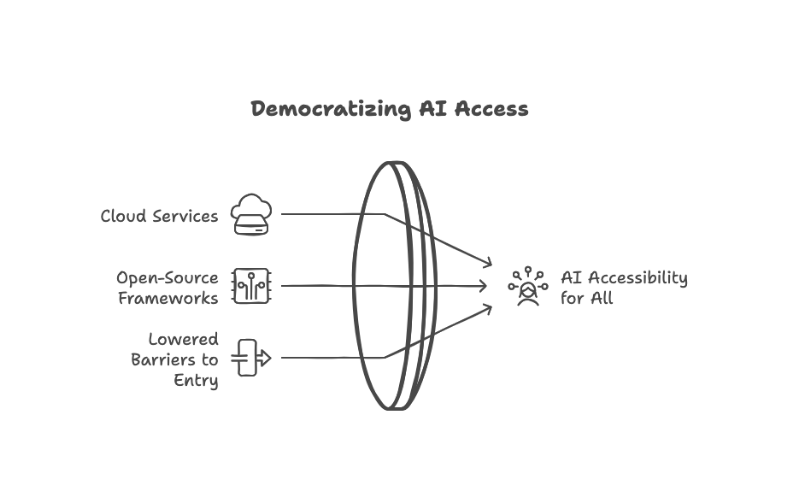
The Bottom Line: Embrace the Nuance
AI is neither a magical solution nor an apocalyptic threat. It is a powerful tool that requires careful stewardship, ethical oversight, and realistic expectations. By dispelling these myths, we can better harness AI’s potential to solve real-world problems-while avoiding the pitfalls of hype and fear.

